Exploring the hidden gem of the Magdalen Islands Tourism
I had fallen in love with Les Îles (islands) - as Quebecers call them - before going on my trip. I knew I would fall in love with the maritime life of the islands with the lighthouses, coloured houses, the beaches and the red cliffs.
Did my expectations hold up to reality? The truth is that it exceeded them!
There is a reason why everyone who arrives on the Magdalen Islands (or the Maggies) falls in love with them. Maybe it's the bright, colourful, red, blue, purple houses, yellow cottages nestled in green hilly landscapes, lobster crates scattered everywhere, sand dunes and dramatic red cliffs all overlooked by small lighthouses. Or maybe it's the island vibes, the delicious food or the friendly locals. I bet is a mix of all of the below!
The Magdalen Islands are a true hidden gem even for Canadians, and Quebecers, we like to keep this secret all to ourselves and for a good reason. Well, today, I’m sharing with you this small piece of paradise.
First a little history and Geography
The Magdalen Islands or Iles de la Madeleine, in French, are part of the province of Quebec. It is a small archipelago in the Gulf of St. Lawrence and is closer to the Atlantic provinces both geographically and culturally than to mainland Quebec. The islands have a small population of 12,500 inhabitants (Madelinots).
Iles de la Madeleine is comprised of 8 islands. It takes around 90 minutes to drive from one ‘side’ of the archipelago to the other.
The main islands are:
Havre Aubert Island - is the most forested island of the group. The two main communities are Havre-Aubert and Bassin. It is home to the historical site of La Grave.
Cap aux Meules Island - the main island with its three main villages (Cap-aux-Meules, L'Étang-du-Nord and Fatima). This is where you will find most of the amenities.
Havre aux Maisons Island - is known for its rural charm with coloured houses and red cliffs.
Pointe aux Loups Island - is the smallest of the inhabited islands and has a tiny community of around 50 houses. It is known for its long dune beaches.
Grosse Île Island - home of East Point Wildlife Reserve and Old Harry Beach. It is also inhabited by English-speaking Madelinot of Scottish descent.
Grande Entrée Island - is Québec's lobster capital.
Brion Island - is an ecological reserve that is not connected to the other by land and it is the only island that is uninhabited.
Entry Island (île d’Entrée) - a tiny island of 17km is not connected to the other by land. The inhabitants are fishermen of Scottish descent.
The islands are traditionally Mi’kmaq territory that stayed seasonally to fish and hunt for walrus, describing the area as Menagoesenog, which means ‘islands swept by the surf.’ The unceded, ancestral, and traditional territory was taken by the French who arrived in 1534. In 1755, the British started deporting the Acadians en masse from Nova Scotia during the Great Expulsion and 22 families arrived on the Islands. The islands became part of Quebec in 1774. Today, the Madelinots are proud Acadians you will see plenty of Acadian flags (starred tricolour). The islands have remained isolated for several decades, especially in the wintertime and also due to the difficult access by the sea. The islands are a true shipwreck cemetery in some areas. This isolation allowed them to have a strong identity that is visible from their different accents to the food. The economy is based on lobster fishing, salt mines and tourism.
The primary language in the Magdalen Islands is French, but you can still get by with English since most Madelinots can speak both. Locals appreciate it when you make the effort to learn a few French words if you don’t speak French. Only 5% of the islanders are English-speaking. Both cultures retain a strong sense of pride.
What to do in Magdalen Islands
There are not a ton of activities to do, you don’t need to have a supercharged itinerary, just enjoy being there. What I liked the most was to see the stunning landscape with colourful houses nestled among the green meadows, the red cliffs and sand dunes on the beach.
Beaches
There are 300km of beaches in the archipelago! The beaches extend for miles and miles. The beaches are easy to access and you cannot miss them.
The beaches are perfect with their golden sand dunes and they are well maintained with washrooms and picnic tables.
Practical info:
The water is cold-ish, after all, you are still in the Great White North. August is when the water temperature is the hottest and it reaches 18°C. The inside basins, lagoons and bay, sometimes the temperature can surpass the 20°C.
Wind, the Maggies are WINDY, so it can be a good idea to look for a beach that is protected from the wind. Some of the beaches also have strong currents to pay attention to.
Which one to choose?
Old Harry (Grande Echouerie in French) has been voted the most beautiful beach for several years. The beach has multicoloured pebbles that look stunning against the white sand.
Dune Du Sud (Cormorandière) Beach has 22km of white sand beach with beautiful red cliffs beside it.
Dune De L’Ouest is known for its beautiful sunsets.
Pointe-Aux-Loups Beach is 16.5km long and is said to have some of the warmest waters of any of the Magdalen Islands beaches.
Plage de La Martinique is also a popular destination with turquoise waters, it connects the southernmost island to the northern islands.
Havre-Aubert Beach is most famous for its yearly sandcastle contest. From here, you can take a walk to Bout du Banc Point to enjoy a magnificent view of Entry Island. This takes around 3 hours to complete. The sandcastle contest has been taking place for the past 25 years. Every August, the beach hosts the largest amateur sandcastle contest in the world. You can google the pictures, some constructions are pretty amazing.
Water activities
As you read, the pristine waters of the Maggies not only make good beaches but they are great for sports! There are plenty of diving, surfing, kitesurfing and windsurfing spots. There are also sailing activities.
You can also go do sea kayaking or paddleboarding excursions. These will take you know coves and caves under the red cliffs. This can also be a good opportunity to observe local wildlife.
There are numerous tour operators where you can have good excursions or rent equipment so you don’t need to worry about bringing your own.
La Grave
La Grave is a heritage site in the Îles de la Madeleine. This pebbled beach was the site of the Islands' first settlement as well as the beginning of the archipelago's fishery. You can see the historic buildings that are now transformed into stores, cafes, artist shops, a theatre, a marine and a fishing port.
Sadly, I didn’t see any interpretative signs to explain the area and its historical significance. There is however an audio guide of La Grave that takes you through 16 sites for you to discover.
If you are a history buff, you will need to step into the Musée de la Mer (Museum of the Sea). Located in La Grave, the museum aims to shine a light on the history of the archipelago, the culture and the intertwined life of the Madelinots with the sea. The museum showcases artifacts, photographs, and documents of daily life, housing, fishing, navigation, shipbuilding, religion, education, commerce, festivities and various other activities. The museum also has temporary exhibitions every year.
This is a bustling area with lots of local souvenirs. You won't find many made-in-China souvenirs, here, but local products made by artists from the islands or mainland Quebec. I loved the Le Portique store, it is very cutely designed and offers several products either from Quebecois designers or products from the islands and the owner's personal designs. I bought a cute T-shirt with a Seal with heart-shaped sunglasses.
Another store that caught my eye was Neciphore, this is an artist shop that showcases its comic strip about life in the islands or fun expressions that Madelinots have. There are other items like hoodies and t-shirts. We enjoyed talking to the owner and bought a comic strip back home. These are the type of souvenirs you will enjoy the most when you are back home.
Right on top of the little hill, you will see Atelier Côtier which shows sand sculptures you can bring home. The atelier shows how sand from the Îles de la Madeleine is transformed into unique sculptures. The store is very beautiful and has different products like home decor but also clothing.
There are also different cafes and restaurants but I will share these with you in the other section, of Where to Eat.
Lighthouses
If you have read my other posts about Maritime Quebec, you know that I love lighthouses! Why? Frankly, I don’t know but I found them very photogenic and beautiful to look at against the vast sea or maybe it is what it represented in the heydays. The islands have 5 lighthouses. We visited 2 of them.
Initially built in 1874 at Cape Hérissé in Étang-du-Nord, Borgot Lighthouse (also known as Cape Lighthouse or lighthouse of Cape Hérissé) is one of the most popular sunset spots in Iles de la Madeleine. The first lighthouse was a two-storey house in which the keeper and his family lived. The lighthouse underwent a restoration in 1913 and it was demolished in 1967 and replaced by a metal tower. The present-day was built in 1987. It is now the most recent of the five lighthouses on Les Îles.
Cape Alright is a tiny lighthouse! This iconic lighthouse is perched on a red sandstone cliff towering over the sea. Built in 1928, this is the smallest (8.3 metres high) and last lighthouse in Magdalen Islands. Sailing in the region has been considered hazardous since as far back as the XVIth century.
The lighthouse at Anse-à-la-Cabane was built in 1870 and It is the oldest lighthouse of the archipelago that is still in service. It is also known as the Millerand or the Havre-Aubert Island lighthouse. It is the tallest one in Les Îles de la Madeleine. The keeper's house and other outbuildings give a unique layout of all the other lighthouses on the archipelago. If you want to learn more about lighthouses, this is the place to go! The premises are home to the William-Cormier Heritage Park, the lighthouse interpretation center of the Maggies.
Île Brion lighthouse was built in 1904-1905. To this day, the lighthouse is still important for boats sailing in the Gulf of St. Lawrence and in the vicinity of the Miramichi River and the Baie des Chaleurs. Brion Island is mostly an ecological reserve however, the site of the lighthouse is not part of the reserve and is open to visitors.
Finally, the Île d’Entrée lighthouse was rebuilt in 1969.
Hiking or cycling
The Maggies offer plenty of options to enjoy the great outdoors. There are a lot of ‘butte’ small grassy hills (or mounds) that are perfect for enjoying the panorama. Some of them are smaller than others and you will be able to enjoy breathtaking views with little sweat. We did La Butte chez Mounette on Havre-aux-Maisons.
The Grand Entrée trail is renowned for its stunning vistas. Don’t forget to pass by the Cliffs of La Belle Anse, these red cliffs are stunning to walk by.
There are great bike paths, Route Verte runs for about 100km alongside Highway 199. Le Sentiers Entre Vents et Marées, also dubbed the Compostel trail of the islands goes through all of the islands and is divided into 13 different sections.
Food trail
The Circuit des Saveurs (Flavours Trail) brings together all of the artisan food producers. This self-guided tour is the best way to taste the sumptuous local flavours of the Islands.
The trail will allow you to meet with the producers and see how they all help each other bringing the best flavours to your taste buds. There is no right or wrong way to eat your way into the trail. You will go from cheese tasting to tasting smoked herring, I’ve listed all the stores here! - You are welcome!
Aucoin des Sangliers, if you like meat, this is the place for you. You will taste Wild boar, veal and pork meat. The animals are all raised on the islands with natural products barley and whey products. Gourmande de Nature is a mix of bistro, cooking classes and preserved products like jam all in one place. If you want to learn a recipe or two from the islands, this is your place.
The next stop on this gourmet craftsmanship trail is Le Barbocheux. La Bagosse is a traditional alcoholic beverage known as "the island beer," and offers products that were for a long time, the only alcoholic beverage available on the islands. It is made from the island fruits. The owners are respectful of the traditional know-how.
If you like mead and honey, then you should head to Miel en Mer. The honey has a special taste thanks to the diversified flora. The view from this local artisan shop is worth the stop!
Verger Poméloi is the only orchard of the archipelago and does cider and distills apple brandy and gin. They are known for their fruit in their bottle. All of their labels are made by a local artist. You can taste their ciders with small appetizers from other producers with each of the ciders to make the experience complete.
Les Cultures du Large is one of the leading pioneers in the art of mussel and oyster farming (high-seas aquaculture). You can enjoy their products during a picnic by the beach. Doesn’t that sound dreamy?
If you are a cheese lover, stopping by Fromagerie du Pied-de-Vent is a must. This award-winning cheese store was established two decades ago and pioneered cheese making on the island and also because they are one of the last farmers to use a now rare Canadian breed of cows. You can learn more about them at the ecomuseum where you will not only learn the various steps in cheese production but you can also see their operations.
We were lucky to tour the farm and to shepherd the cows back to the farm, they were roaming free on the meadows nearby. The cheesemakers make European-inspired cheeses. On site, we sampled four of their cheeses including the prized “Pied-de-Vent” and the “Tomme des Demoiselles”. What's in a name? Pied de Vent (or “foot of wind”) refers to the sun rays peeking out from the clouds. I’m lactose intolerant and I can say that their cheeses were worth popping a few lactaids.
You might have noticed that the hubby and I LOVE a good craft beer so À l'Abri de la Tempête has been on our list since we started planning the trip. The beers did not disappoint, especially the smoky Corps Mort. The name means “Shelter from the Storm” which suits the winds that blessed the islands. The brewery is women-founded and it is perfectly located next to the Dune de l'Ouest beach. Unfortunately, we couldn’t enjoy the views from the terrace due to the storm but we did enjoy their local food tasting plate that highlights products from the 4 corners of the island. The beers have hits of local herbs and algae.
Fumoir d'Antan has been making smoked fish since 1942. Le Fumoir d'Antan is a local product shop, a showroom and an ecomuseum.
The smokehouse does the different techniques that have been passed down from father to son for 3 generations now. The family-run business is the only standing smokehouse in the Maggies. Once upon a time, there used to be 40 smokers and 10 million pounds of fish were smoked but sadly they have all disappeared over the years. Smoked Herring is their specialty and the original recipe uses maple wood fires. The main building smells amazing, this is where the herring is smoked for 90 days.
We did a guided tour of the premises and we could taste their delicious products: skewers of smoke-cured mackerel, cod, and salmon, smoked herring which has a jerky taste and texture and cold smoked halibut and smoked scallops. All of this paired with Corps Mort beer from À l'Abri de la Tempête. They smoked the malt at the smokehouse. My favourite was the delicate smoked halibut. You can also do a self-guided tour and buy some of their products.
You can see that throughout the trails, the producers collaborate with each other and create something new which creates a nice friendly and close-knit community all working to highlight the delicacies of this magical place.
Wildlife observation
If you were wondering if you could go see whales, you will be disappointed, the waters are a little too shallow for these behemoths. You might see them if you take the ferry or go farther into the waters. If you want to go whale watching in Quebec, you need to go to the Whale Route.
But worry not the colonies of seals take all of the spotlights! The funny seals can easily be seen in the water popping up their heads from the shore. We saw seals twice during our travel. You will most likely hear them before seeing them, they sound like a person having trouble breathing. The gray seal, the common seal also called the harbour seal can be seen in their natural environment at the end of Grande Échouerie beach, at Grosse-Île, at the Corps-Mort rock and at the end of the Dune-du-Sud beach, and just in front of the Grande-Entrée fishing port. There are also tours that will take you to special places to observe them better. These 2 species are mostly visible in the Summer months. Sadly, the harbour seal is currently under observation due to the decline of their population all along the Saint Lawrence.
If you are coming to the Maggies in Winter, then you will have the privilege to see the harp seal pups. This is an Arctic species which migrates to the coast of Newfoundland and Les Îles de la Madeleine around the end of December. March is when you can see the "whitecoats" pups. Seeing them up close is now officially high on my bucket list.
The Maggies also offer a few opportunities to see small animals such as foxes and coyotes.
If you are a birdwatcher, then the Islands will be a paradise for you as there are over 300 species of birds. The variety of natural environments makes the archipelago the perfect playground for our flying friends. There are several excursions that are tailored exclusively for bird watching. Here are the best spots to go bird-watching:
La Martinique, the whole area between the West Dune (Coulombe Road to Étang-du-Nord) and the beach of La Martinique (along route199). Here we had the pleasure to see Sanderling and Piping plovers. These little birds do crazy migrations all the way down to Chile from northern Canada.
The Pointe-de-l’Est National Wildlife Reserve is accessible by the trails of L’Échouerie and the Marais salés. Sadly we did not see any birds on our visit here.
L’île aux Goélands to L’Étang-du-Nord (Delaney Road)
L’île Paquet, called « aux Cochons », next to the Havre-aux-Maisons marina
L’île Rouge, next to the bridge connecting l’île du Cap aux Meules to Havre aux Maisons
The cliffs of l’île d’Entrée
The Parc des Buck trail for the observation of birds in the forest
Where to eat in the Magdalen Islands
I have to admit that I was pleasantly surprised and impressed by the food! I find that sometimes in rural Quebec you do not have a lot of choices and that sometimes your only option is a Pataterie (fast food) but the islands have a bounty of fresh products and every restaurant and eatery uses them in a mouthwatering mix.
Of course, lobster is king but there are also herring, mussels, crab or mackerel, clams and oysters.
During lobster season, the lobster will be the freshest however, you will find it year-round. I had the best lobster roll of my life (and lobster rolls are one of my favourite dishes) at Gampy's! This small food truck overlooks the Dune-du-Sud beach. I loved that it wasn’t too buttery, the perfect amount of mayo and huge chunks of lobster, all for a cheap price of 15$. Nothing like the overpriced rolls we have in Montreal with no meat and you spent double that price. This is the first thing we did on the islands, we left the airport and ran to this place, I had read before that it was a go-to place for locals.
Pot-en-pot is the islands' signature dish. This seafood pie uses lobster, shrimp and scallops all fresh from the sea. We tasted this at Café de La Grave. The portions a very generous, and the cafe also serves other local specialties and local drinks. The cafe is quirky and artsy, the perfect place to stop for lunch.
Eva restaurant is a trendy restaurant located on the La Côte site. The bistro has a nice terrace (we did not enjoy it because of the mosquitos) and serves nature wines, local beers, and homemade cocktails. The dishes put forward the produce of the Magdalen Islands by using modern cuisine. This restaurant blew my mind. We had fresh and smoked mussels from Fumoir d’Antan on homemade focaccia with a salad and homemade halibut ravioli with a delicious dessert, a plum brioche with plums and meringue. The menus seem to be changing regularly depending on the seasons.
Bistro Plongée Alpha, located at Grande Entree is a small restaurant owned by the renowned Arctic underwater photographer Mario Cyr (I had the pleasure to see an exposition in Montreal and his pictures are breathtaking). There is a regular exposition and talks about his adventures. Most of the food available on the menu comes from the islands. The hubby had a creamy lobster spaghetti and I of course had a lobster roll.
Seal, yes, seal meat is a specialty from the islands and it has been a tradition for centuries. The meat tastes like a stronger version of game meat, you can find this local delicacy in most restaurants and in any form, charcuterie, steak, burger, with poutine. We had a tasting sea plate at Auberge Salicorne (more on this later in the article).
Magdalen Islands Accommodations
Please note that it is strongly recommended to book your stay beforehand, it is discouraged to show up impromptu to the islands without a place to sleep.
There are different types of accommodations everything from camping, B&B and hotels. During our stay, we chose Chateau Madelinot and Auberge la Salicorne.
Château Madelinot
This is one of the biggest and most renowned hotels in the Maggies. The hotel has pleasant sea views in most of the rooms. It is conveniently located on Cap-aux-Meules Island and close to the ferry terminal and the airport (don’t worry you won’t hear the planes). The hotel had over 100 rooms. The rooms come in different sizes, some suites with kitchenettes. They also have a nice picnic area overlooking the sea, an indoor pool and jacuzzi, a gym and a sauna. They also offer packages in Winter to see the seal pups. The hotel is also home to the popular Resto Bistro Accents which is said to be one of the best on the islands, I guess we will need to go back to try it. On the hotel premises, there is also an observation deck from a Butte, it is worth the little effort to go up!
Auberge la Salicorne
The inn is a complete experience as it offers packages with rooms, activities and homemade food style. It is a non-profit organization with the goal of promoting the Islands and its way of life. It also seeds to provide sustainable employment for the locals and of course connect locals with visitors.
This atypical hotel is like a mix of adventure, community and food all mixed for you.
Auberge La Salicorne offers a wide array of tours and activities all to the beat of the seasons. You can go soft-shell clam fishing or do clay baths kayaking or sea cave excursions. Other types of activities will be storytelling times from legends from the islands or a guided tour of the fishing port. You will see the different activities beforehand and decide whether to join them or not. When we visited we did a clay baths on the Boudreau island with a short kayaking excursion. I don’t know of many places where you can do clay baths while being observed by some intrigued seals nearby.
The rooms are cozy, nothing fancy and tell a story of a person in the islands. It is also smaller on the side since they have only 26 rooms. They also have camping grounds and ‘bubble’ ready-to-camp units (no tent needed) if this is your jam.
The packages include breakfast and four-course dinners at their restaurant. The restaurant is Family-style and offers traditional Island cuisine.
There is also a shuttle service available from the airport since they are located on the farthest of the islands, Grande-Entree. This is service is additional to your stay.
The hotel premises also host the Seal Interpretive Center which explains the intertwined life of the seals with the Madelinots. You will learn everything from seal biology to the importance of keeping a balance in the oceans.
How to get to the islands
There are different ways of getting to the islands, ferry, cruise or plane.
Most tourists take a ferry from Prince Edward Island - Souris to Cap-aux-Meules. You will need to make reservations in advance. The trip takes around 5 hours plus the loading and offloading of the cars and cargo. In high season there are 2 crossings per day and it is operated by CTMA. This option allows you to bring your car to the islands if you have one in Mainland Canada. I would suggest that if you are taking the Ferry you combine it with a PEI trip. Getting to PEI from other parts of Canada can also be expensive.
The second maritime option is a cruise from Montreal to Îles de la Madeleine. The cruise is only available in the summer, this is a one-week all-inclusive that passes through Quebec and the stunning Gaspé Peninsula. The crossing takes 2 days and you spent 3 days in the Islands. Please note that this option has been put on pause by the CTMA company since 2020 as they reinvent this formula. I would suggest checking directly with the carrier if this is an option that interests you.
The third and quickest option is to take the plane. There are 3 airlines that take you to the destination: Air Canada, Pascan & PAL Airlines. Air Canada offers connections from major Canadian cities. Pal Airlines is a regional airline that lands in all the Maritime provinces including Quebec and finally, Pascan is only a provincial airline. We took PAL Airlines which offers 5 weekly flights from Québec and Montréal to the Îles de La Madeleine.
It is true that the aerial option is pricey but if you have limited PTO this might be the best option for you. We chose this option and we took Pal Airlines. Their services were good, we even had plenty of snacks.
Be mindful that the airport is not too big (only 1 terminal) and at peak times you might find it a bit crowded.
How long to stay in the islands?
If you are going in Summer, I would say to stay at least six days. If you are going off-season, 4 days is enough. As always it all depends on what you want to do.
In the summer you can enjoy the beaches and the water activities. During the off-season, you might not be able to do water activities and some things might be closed, this is why I suggest staying less time.
The vibe of the islands is slower, I will recommend enjoying the slower pace to relax from your jobs!
When to go to the Maggies?
Please keep in mind that weather in the islands can be a little unpredictable, you will have a lot of wind year-round and with some rain even in the Summer. So pack accordingly.
The high season is from June to August. The peak season is during the “Vacances de la construction” (Construction vacation) it is when most Quebecers take their vacation and it is the 2 last weeks of July. I will avoid this time like the plague since the islands will be crowded and you will have limited choices in the amenities and activities. A lot of people book their vacations to the islands a year in advance.
For nine weeks, from the first Saturday in May, fishermen go to the sea at dawn to empty, then bait their lobster traps. This could be a good time to visit the islands to have the freshest of lobsters.
You will read that September is still high season, I will say this is false after Labour Day. We went during the second week of September and it was perfect, there were no tourists, and the temperature was warm. Although for me it wasn’t warm enough to go in the water, I’m a Caribbean girl after all. Some of the water activities were limited or closed since it was shoulder season.
Everything in the islands is very seasonal so during the winter or even in fall or spring, some businesses close completely. Winter is also known to go the baby seals on the ice floe, this is an activity that I would like to do in the future.
Getting around
The most convenient way to get around is by car, there is only 1 way, route 199. You can drive from end to end in about 90 minutes.
The islands have different car rental options, LeBlanc Location D’Autos, Location d’autos Archipel or Agence de Location Des Îles. We rented the car with the latter company. If you choose to rent a car, I would suggest that this would be your first reservation as there is a very limited amount of cars you might need to see other dates for your trip. After all, it is easier to cancel your car reservation than your plane ticket ;)
If you are a little more sporty you can cycle. As said before, there are great bike paths, for example, Route Verte. You can also hike the Maggies. Le Sentiers Entre Vents et Marées. There is also public transit, RÉGÎM, but it is not very accessible in some areas.
4-day itinerary
Day 1:
Your first day will probably be half a day, get your bearings by exploring Cap-aux-Meules Island with the areas of Étang-du-Nord, Belle Anse, and Site de la Côte. And of course the Cap-aux-Meule lighthouse. Then enjoy the sunset at Dune de l’Ouest.
Day 2:
Visit La Grave for a little shopping and explore one of the many beaches of the islands. In the afternoon you can visit the flavour trail by doing guided tours or just pop in and sample the delicious local products at artisan shops like Fumoir d’Antan and La fromagerie Pied-de-Vent.
Day 3:
Do a water activity or excursion and /or discover Entry Island. Or if you choose to stay at La Salicorne, take their activity package and quickly wander around Gross-Ile.
Day 4:
This will be half a day since you will probably get back to the mainland. Use this time to do a little hiking in the many Buttes and trails. Or do an activity that you didn’t have a chance to do due to the weather.
Travel tips
My main travel tip for this destination is to have bug spray! The mosquitos are vicious! I’ve never been bitten or seen so many mosquitos like this. You can buy the bug spray at the pharmacy if you don’t have it with you. You can thank me later.
The islands are damned by erosion, in fact, the land loses half a meter each year and it is getting worst due to climate change. This brings me to my other travel tip, going along the cliffs can be very dangerous. The borders might not hold your weight so to avoid an unnecessary injury or death, please stay on the marked paths and follow the signs. Everything is well indicated so don’t go playing daredevil for an Instagram picture.
The islands are remote and therefore they have limited accommodations and amenities. There is a definite amount of rooms and car rentals. If you don’t find lodging or a campsite for a certain date please choose another option. It is strongly suggested to book your rooms months or up to a year in advance as everything books very quickly during the high season.
The Îles-de-la-Madeleine can be a little hard to reach and expensive but trust me, if you decide to invest, you will be charmed and will be highly rewarded by this stunning destination. Are you ready to pack your bags to les Îles?
Psst: Planning your trip through Quebec province? We’ve got a few other posts you’ll want to take a look at!
Disclaimer: This wonderful trip was a press trip organized by Quebec Maritme and Tourisme Îles de la Madeleine As always, all opinions are our own.
Do you like the content? Why not help me by buying me a virtual cup of tea?
PIN IT FOR LATER!




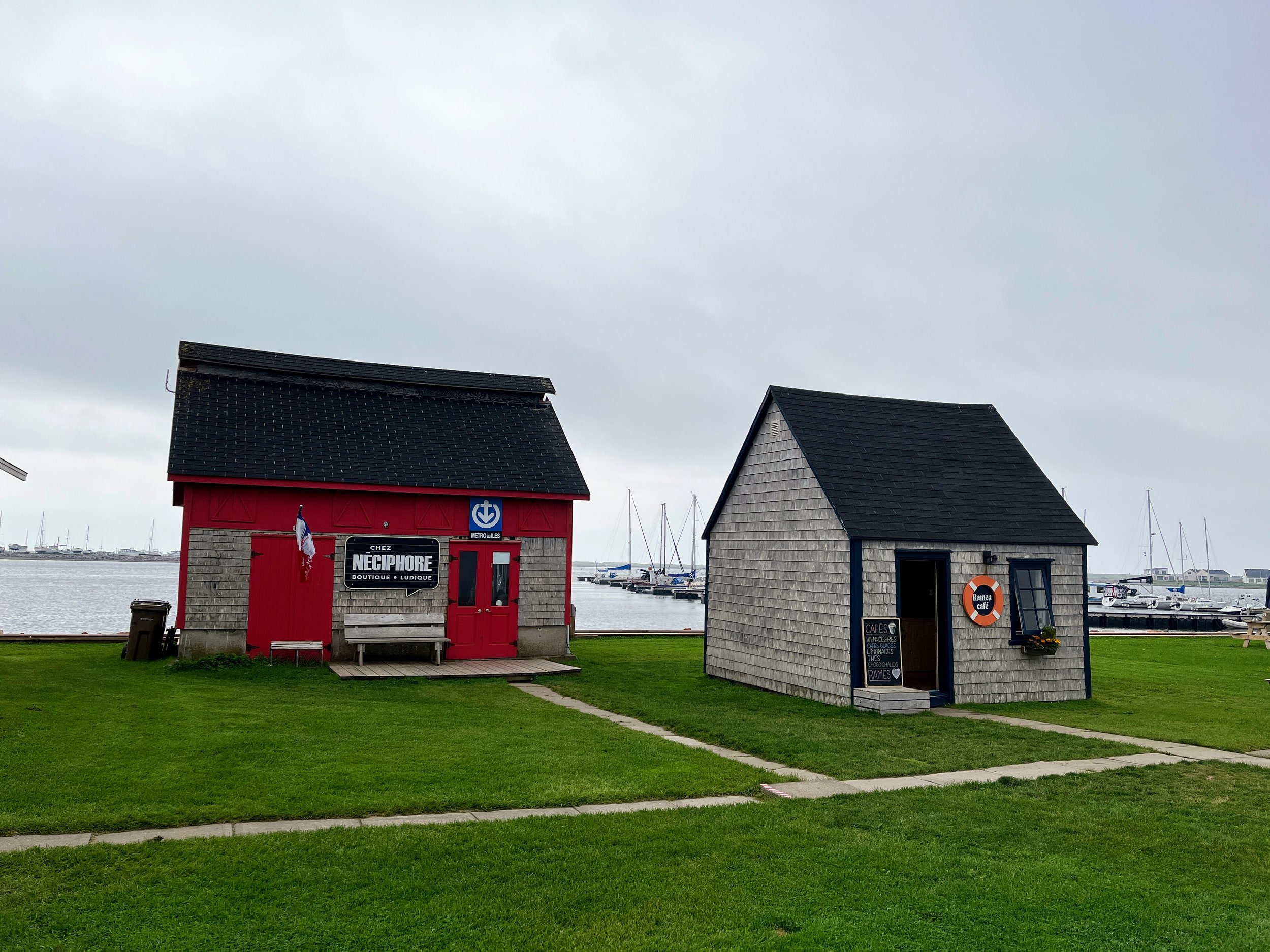
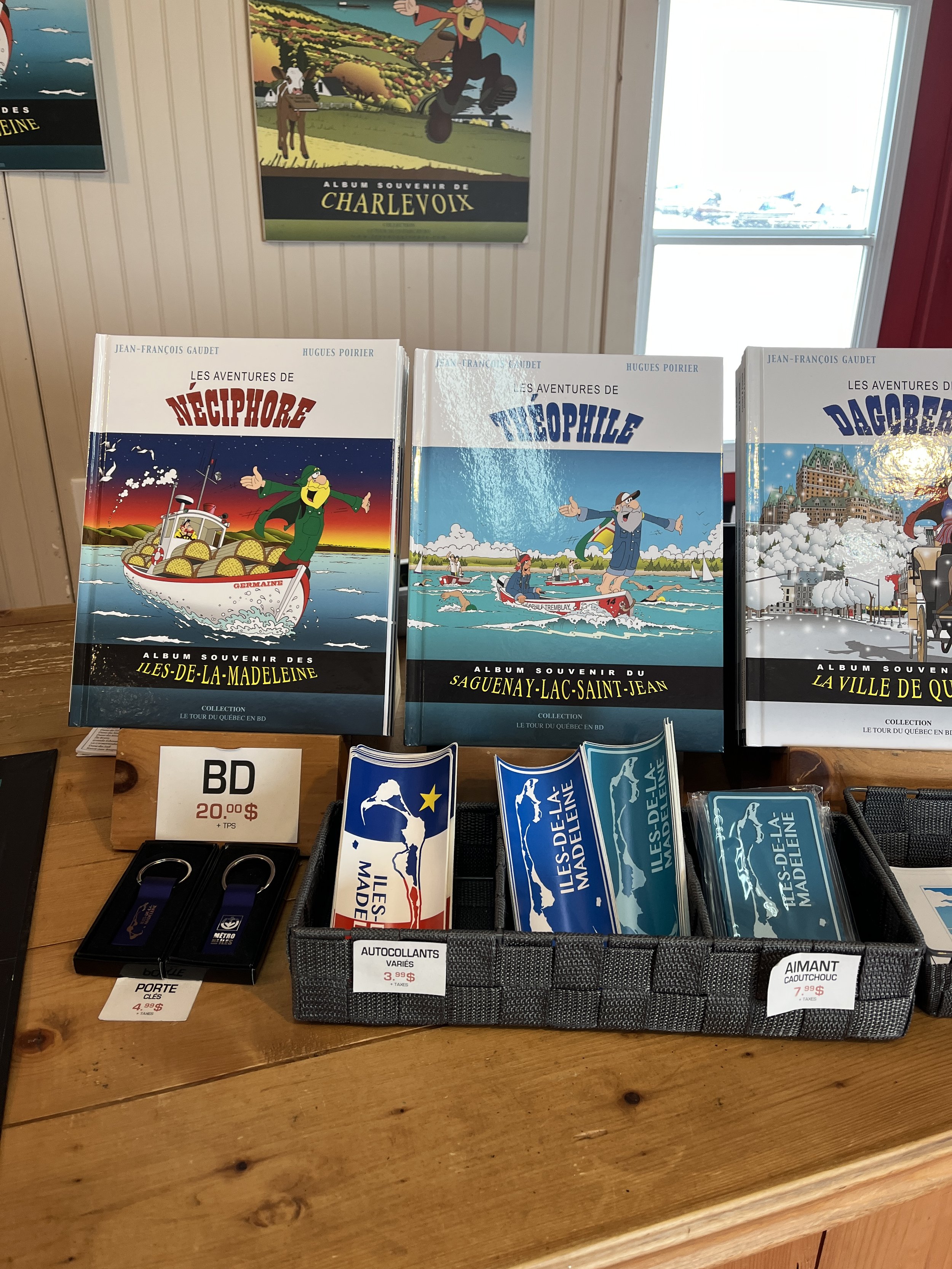
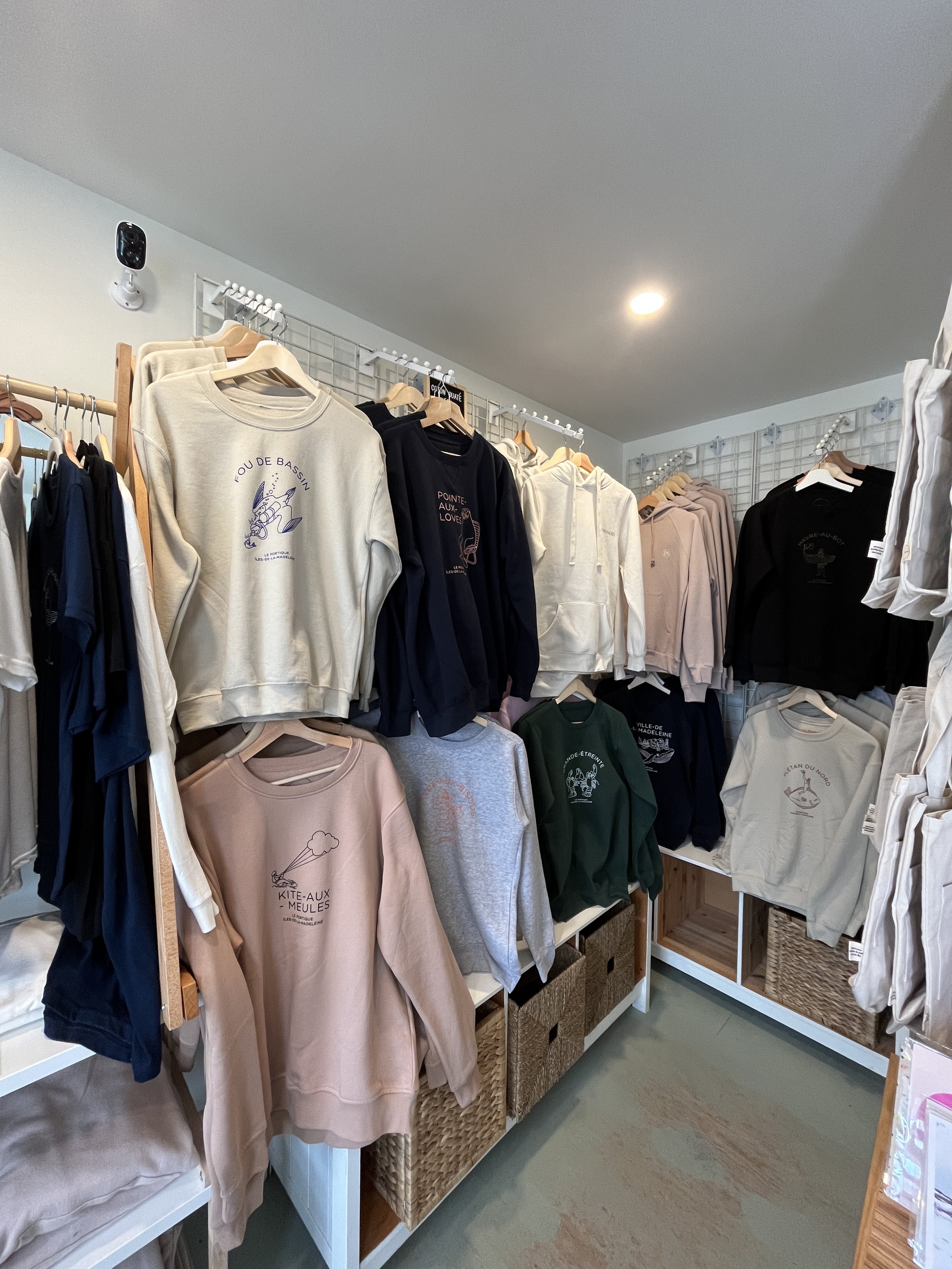

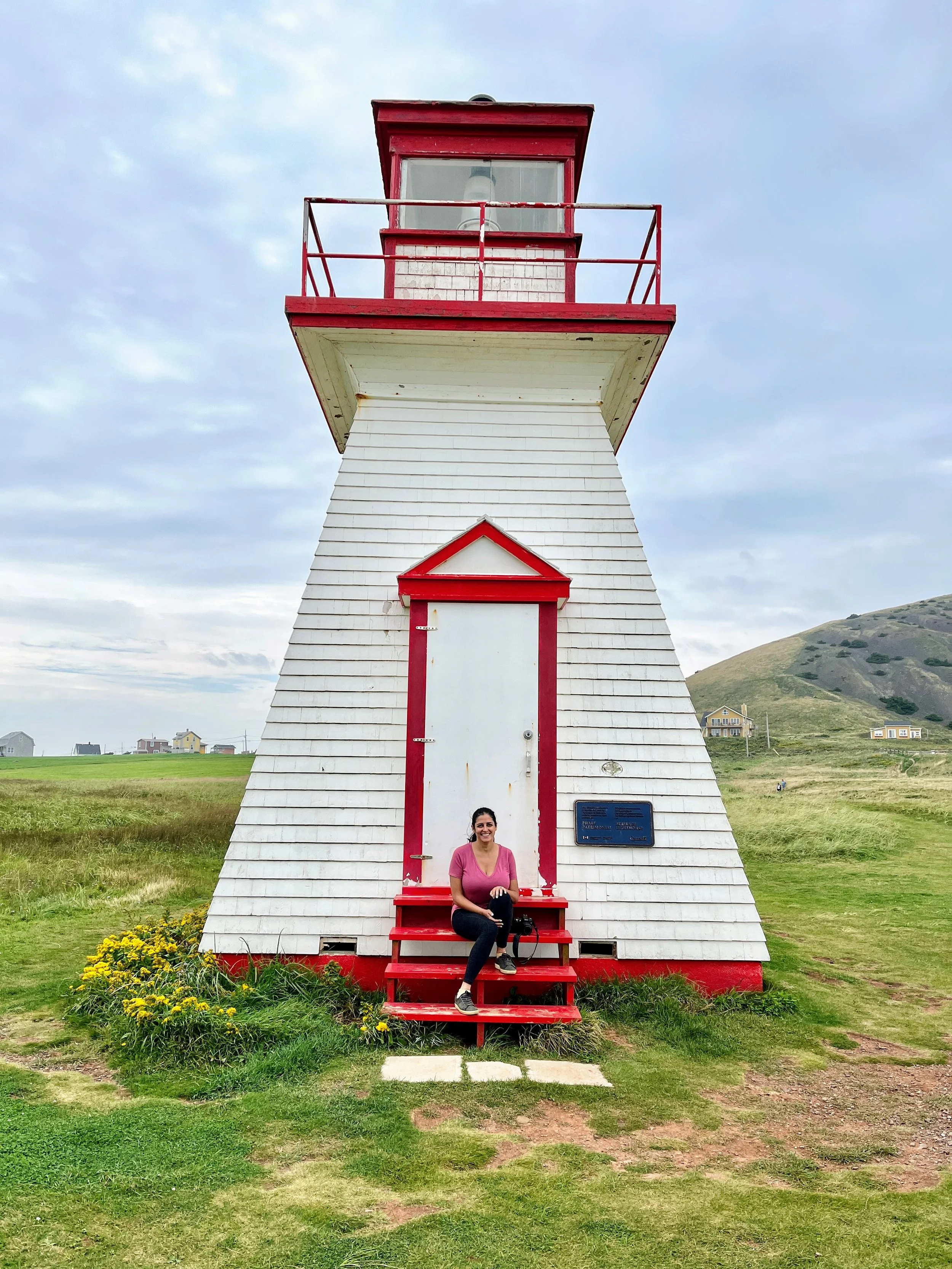
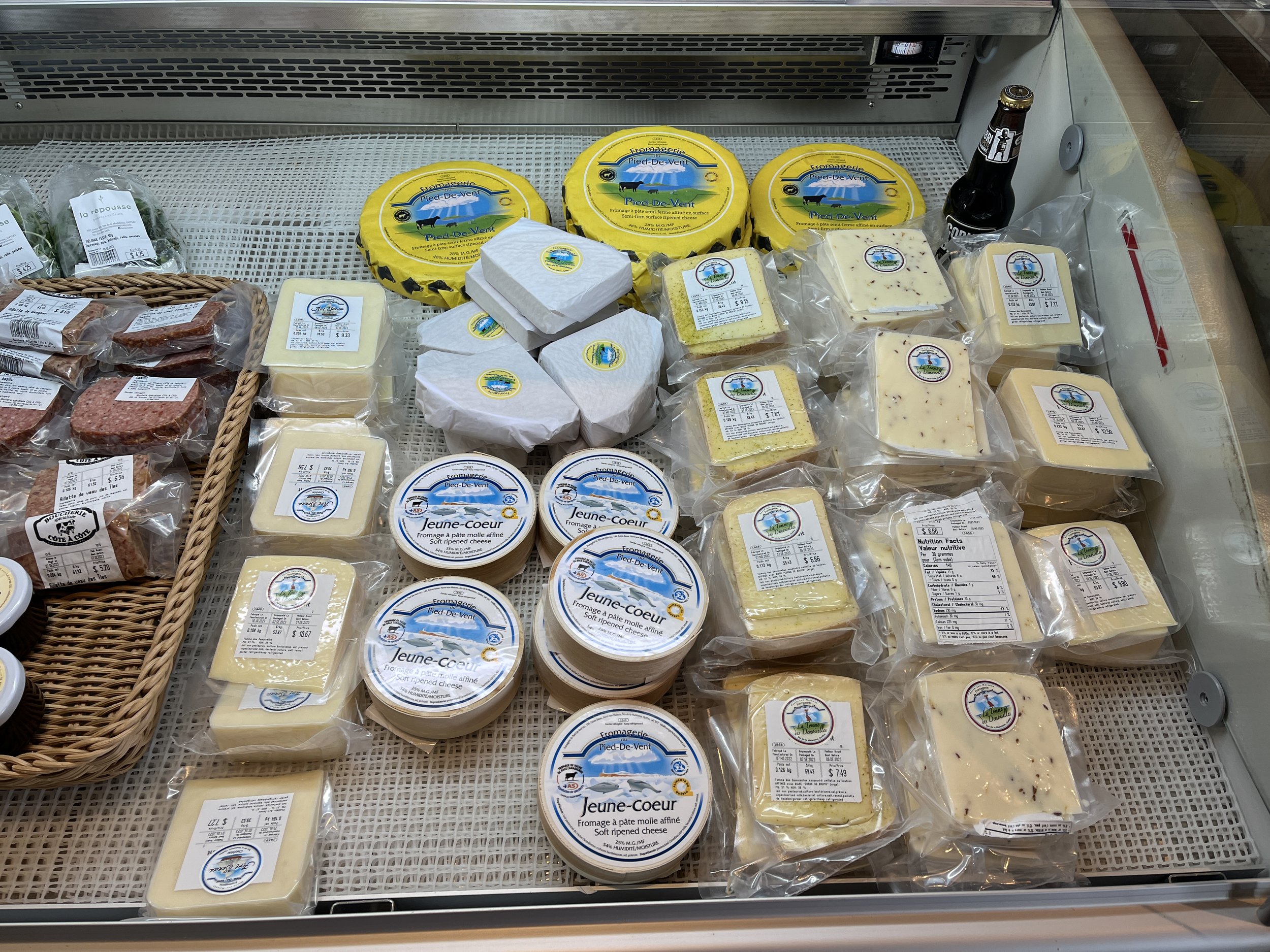
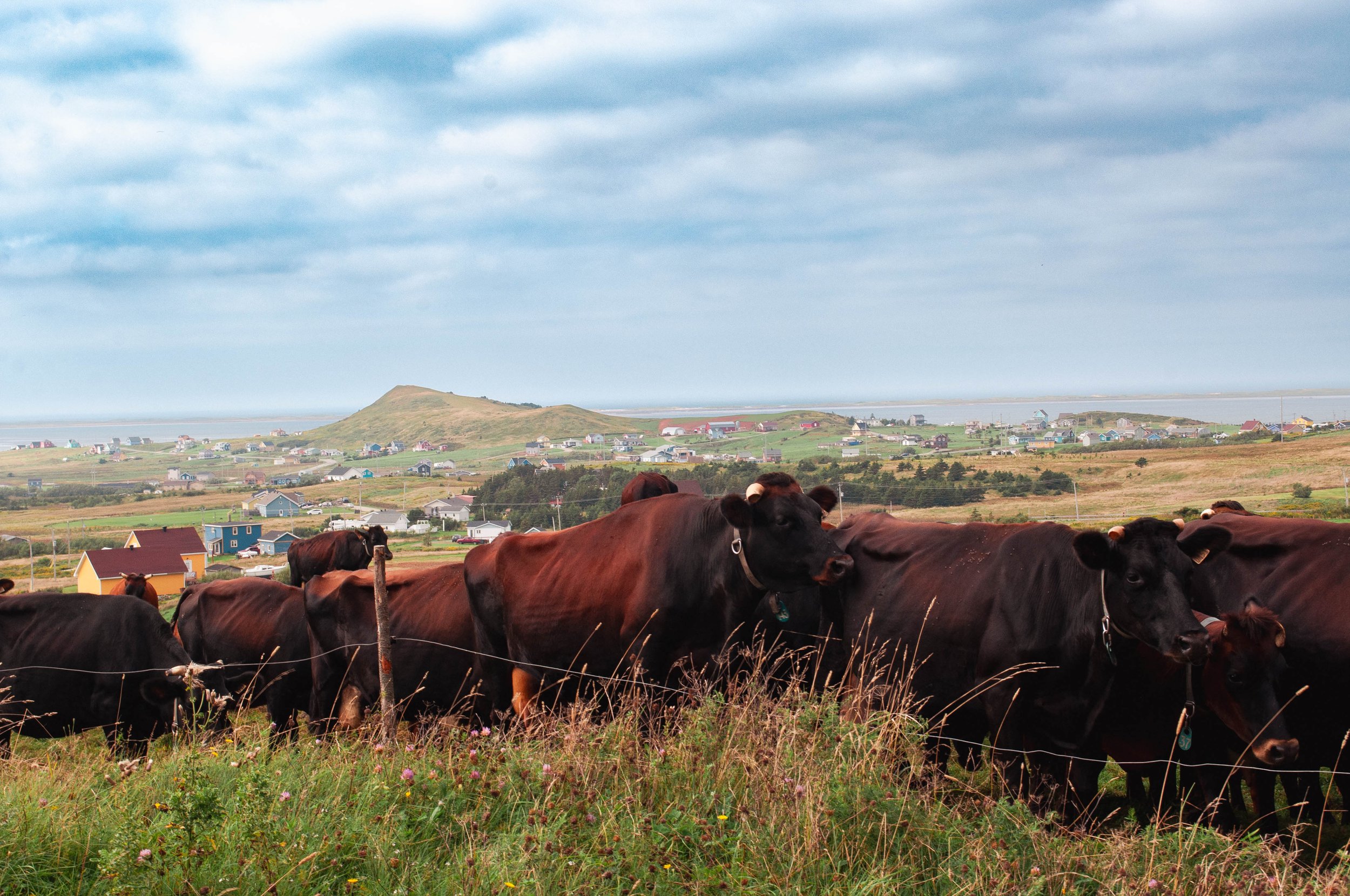
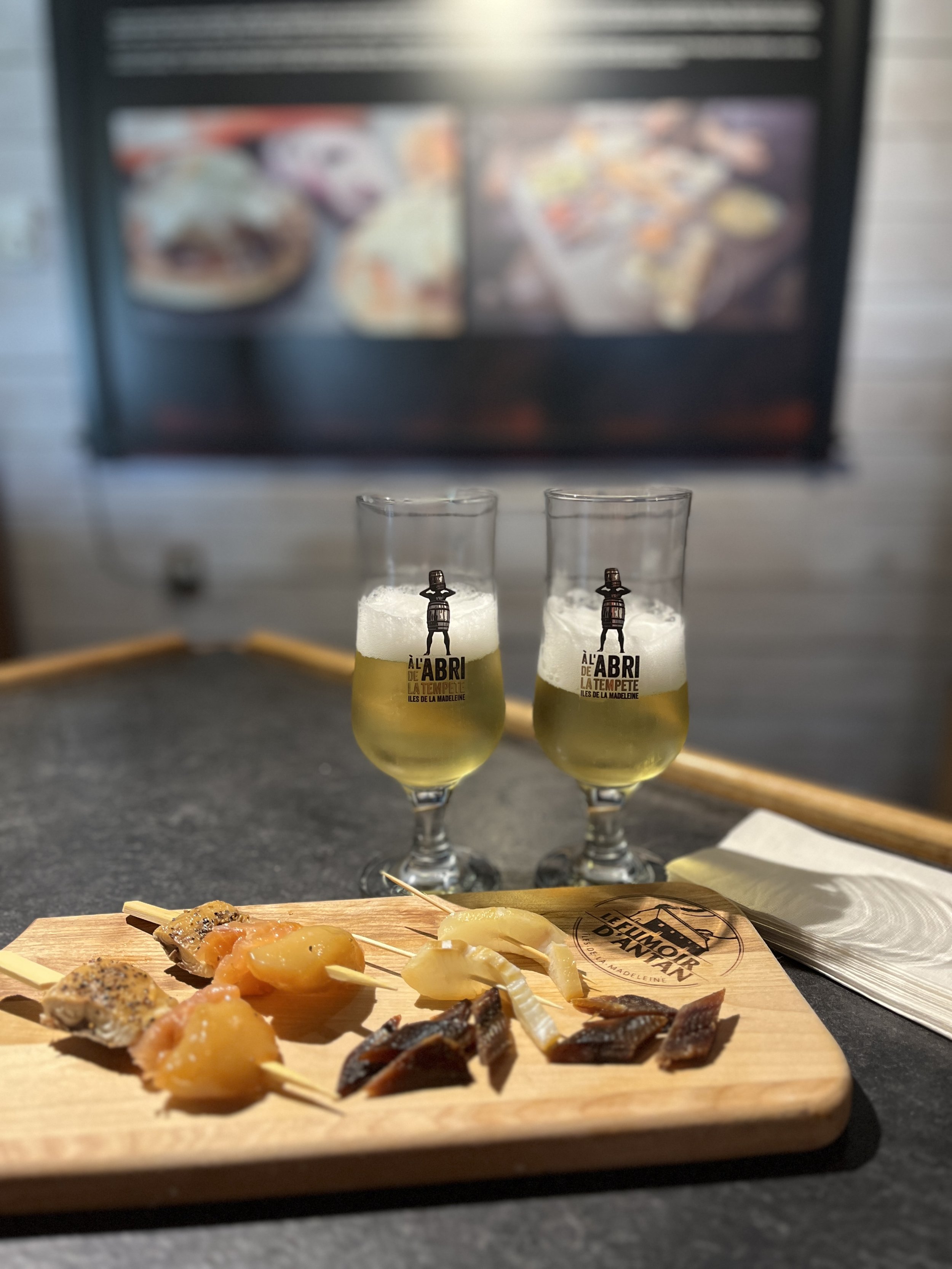
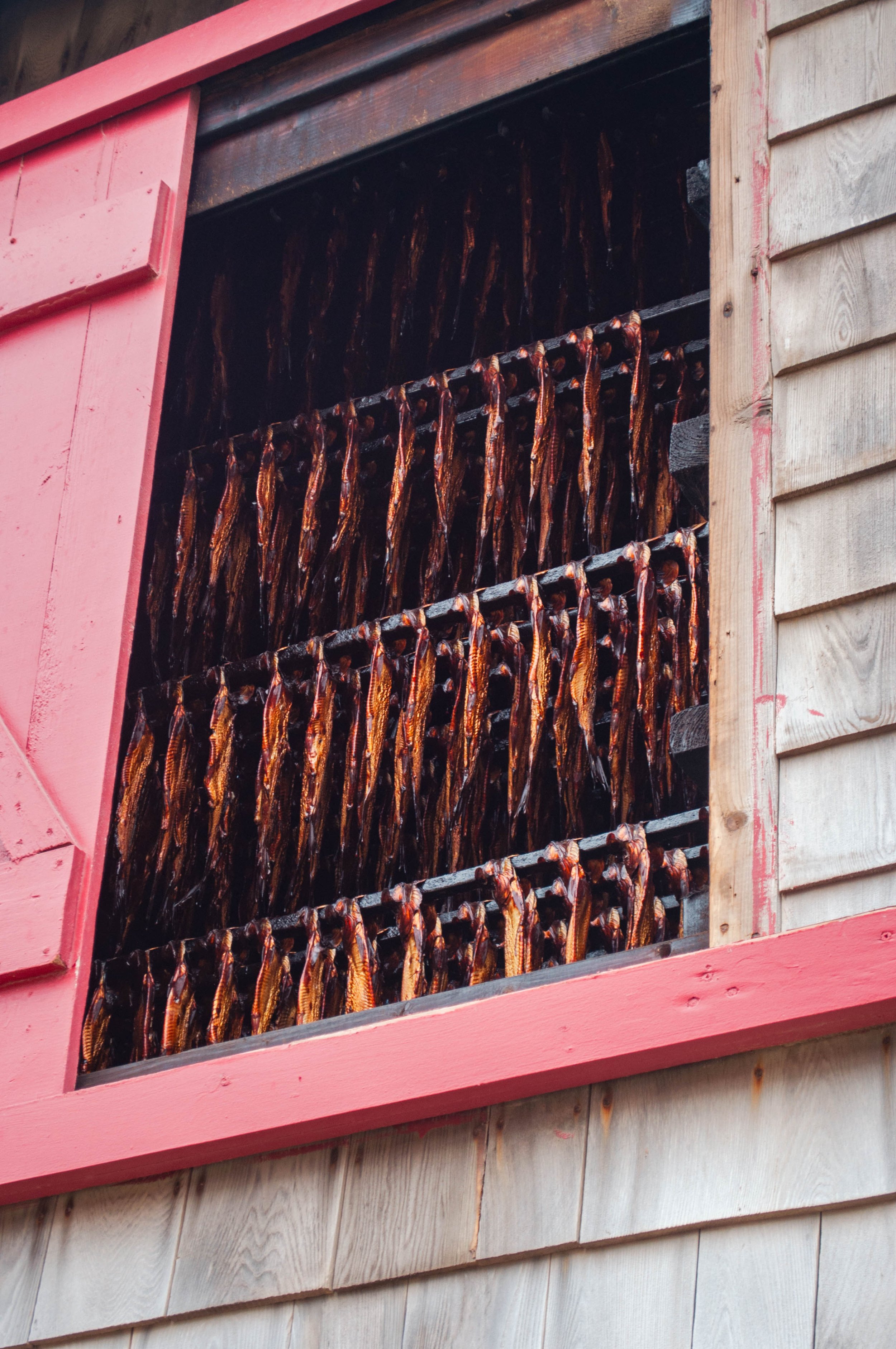



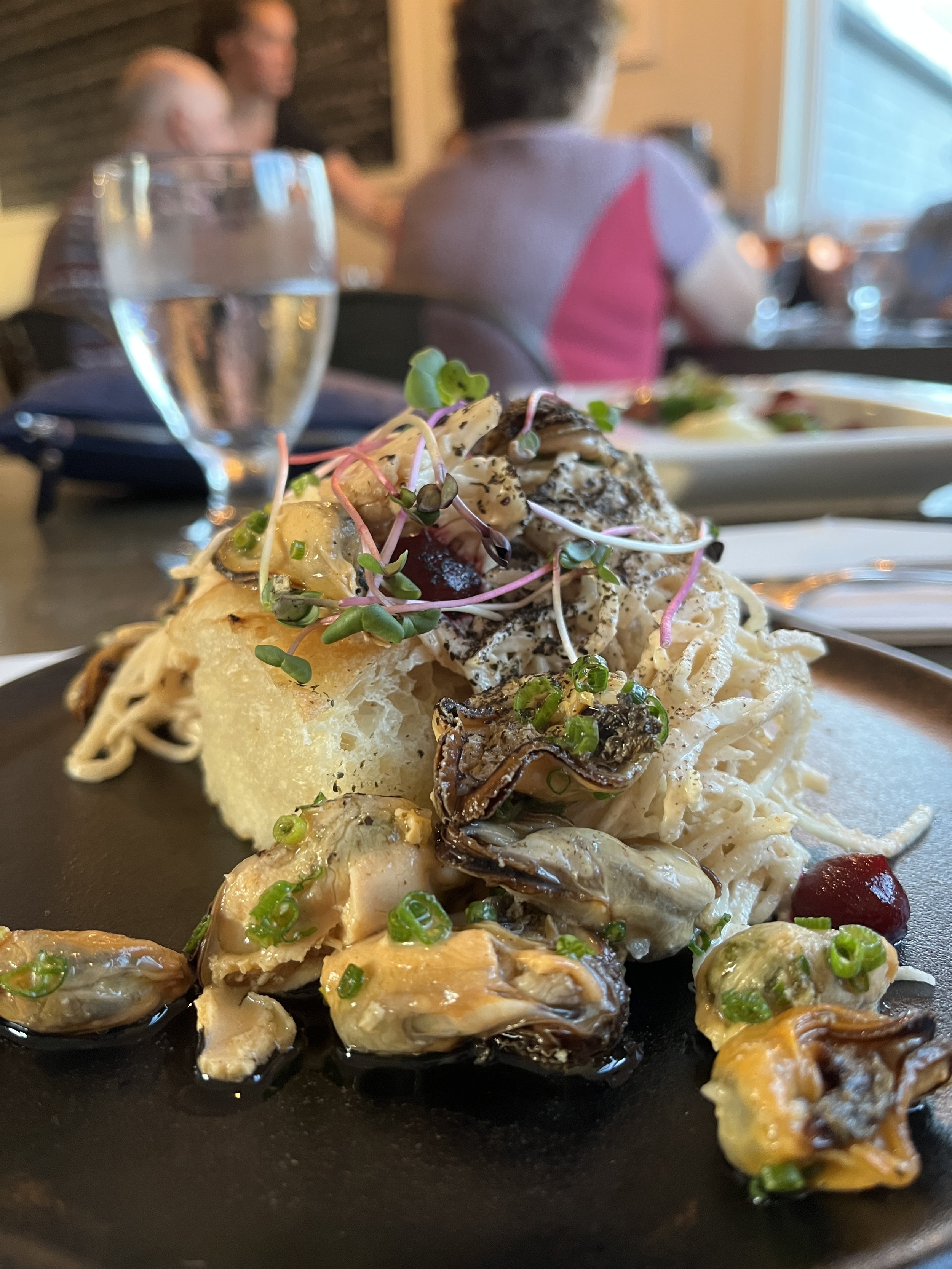
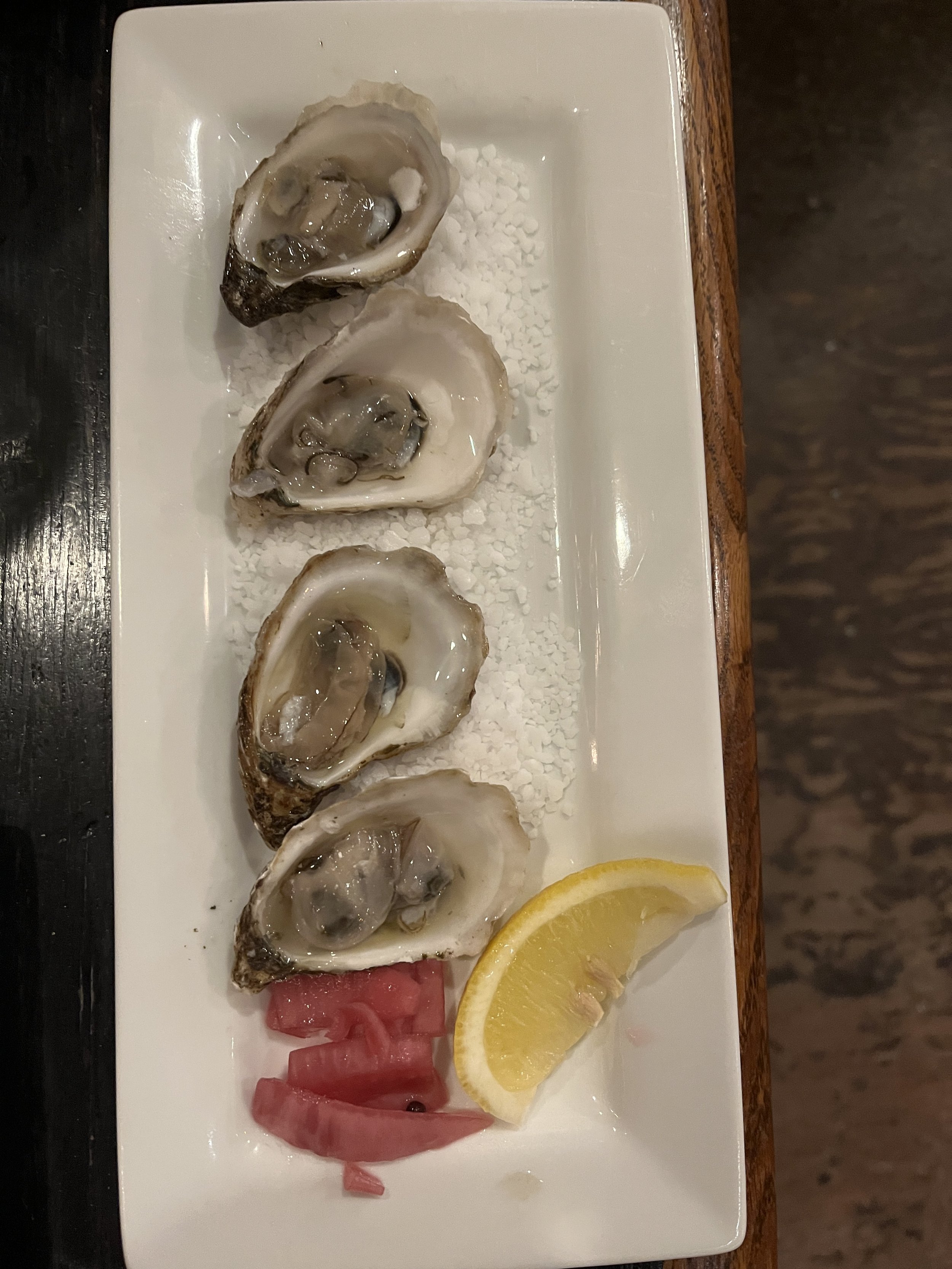
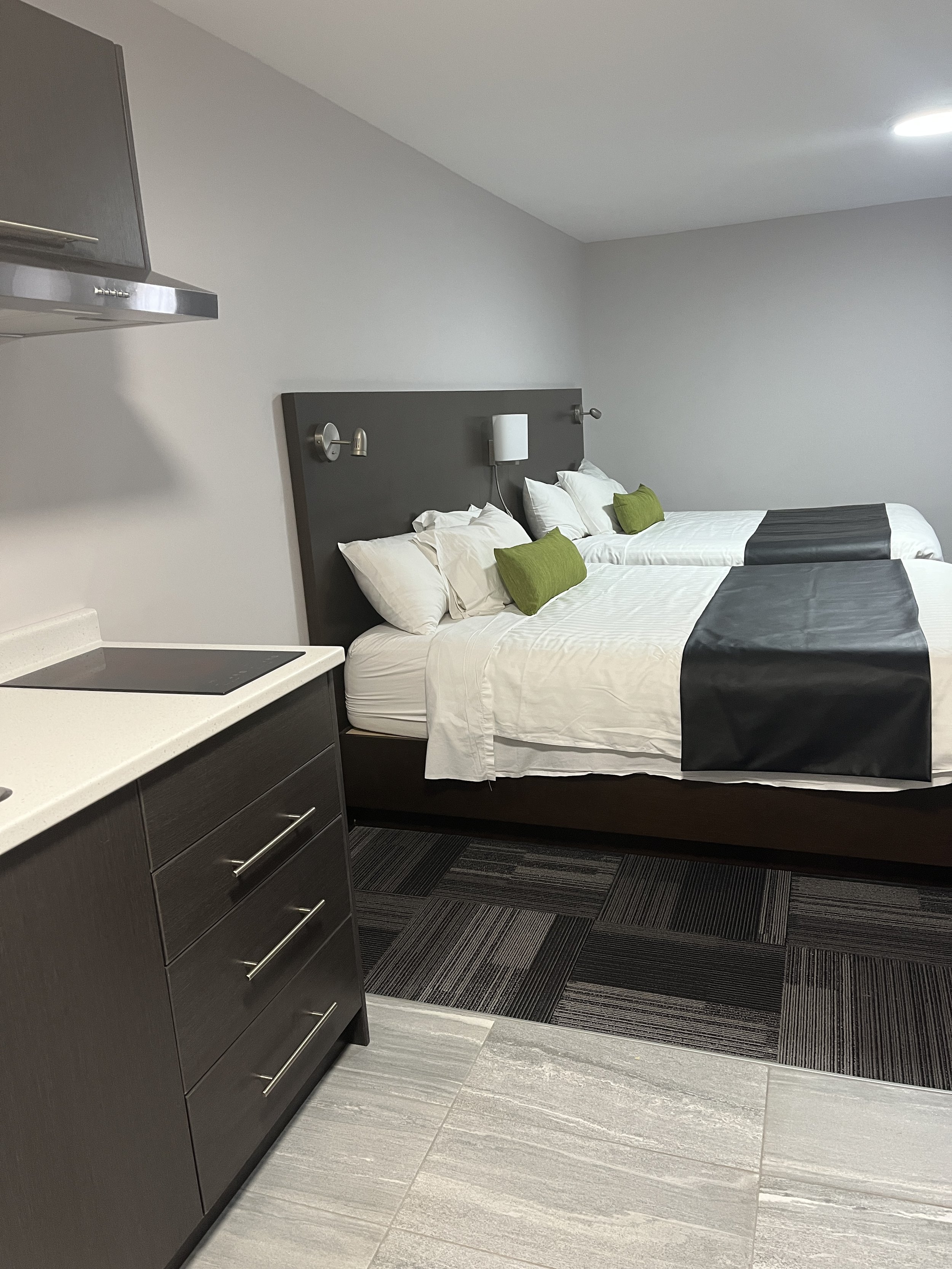
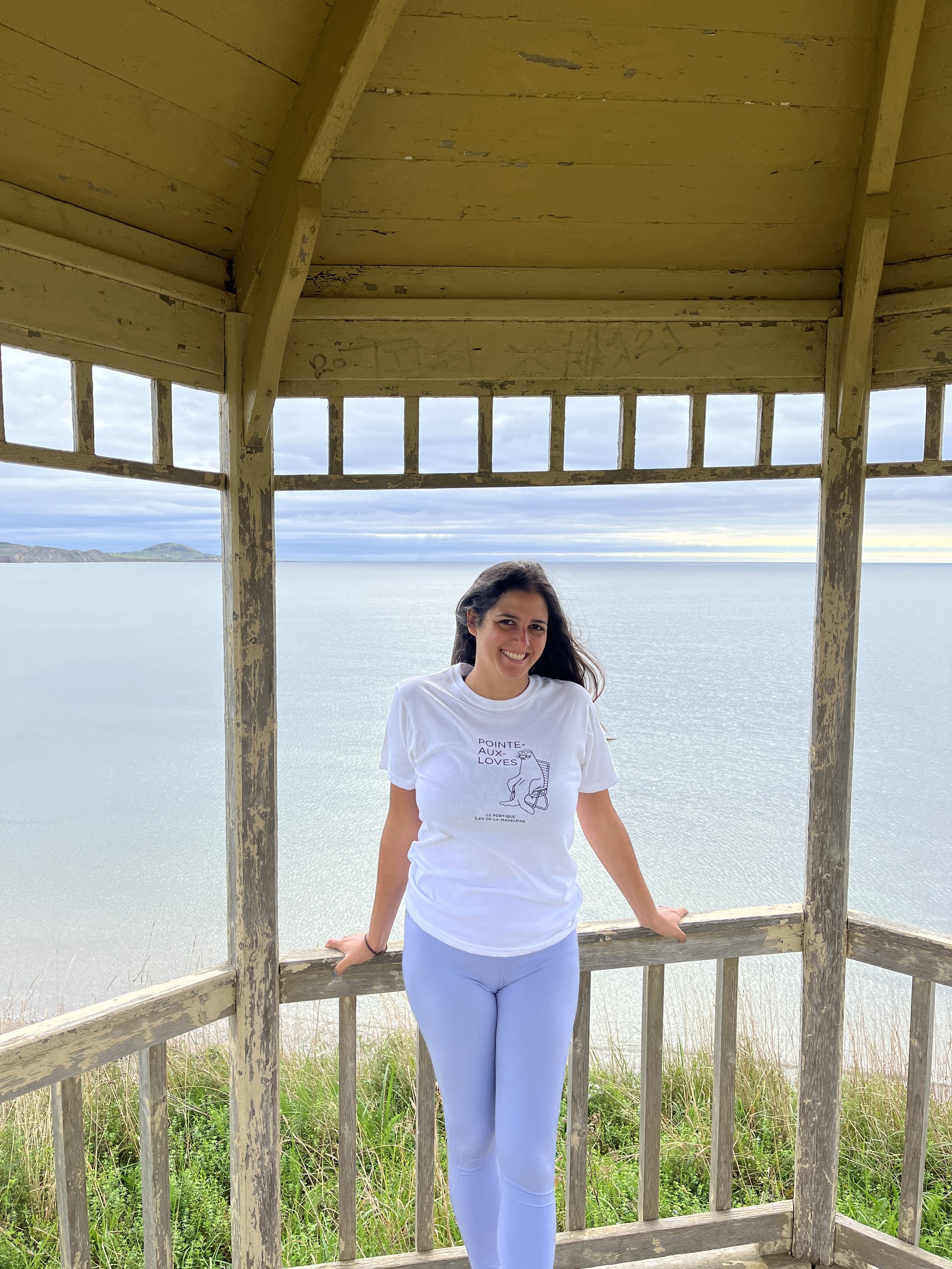

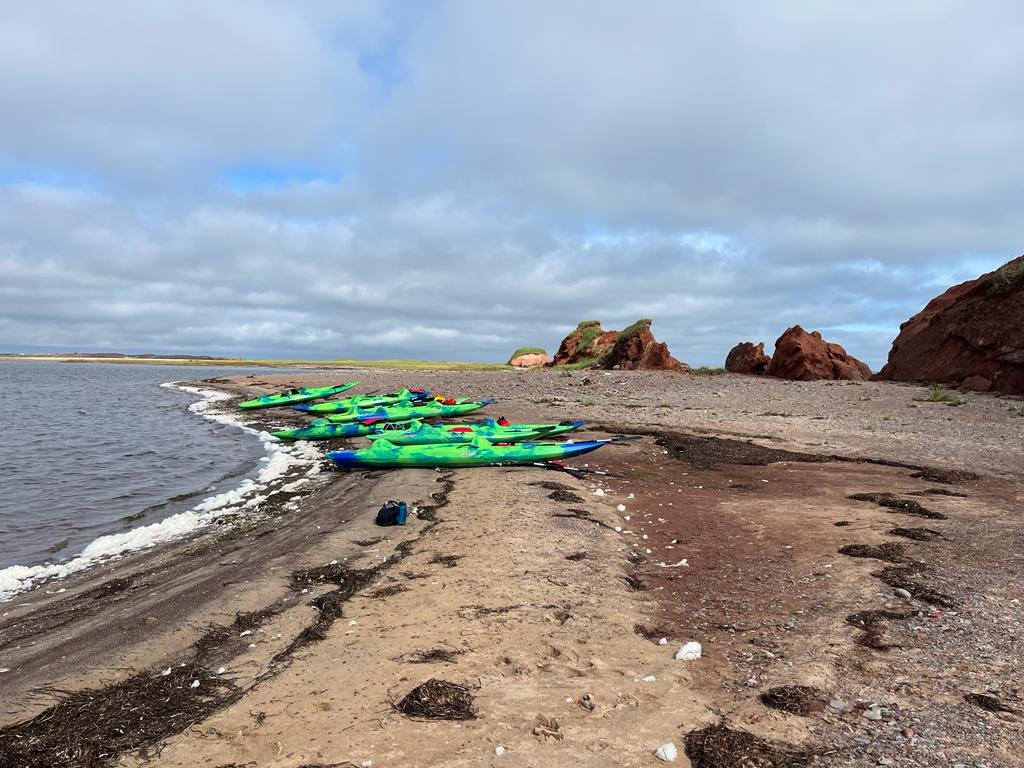




Fall in Ontario is beautiful, it has vibrant foliage that paints the landscape in shades of gold, crimson, and amber. As the air turns crisp and the days grow shorter, there's no better time to explore the province's scenic beauty and charming destinations.
Here is a highly curated list of the best Fall getaways in Ontario by travel bloggers.